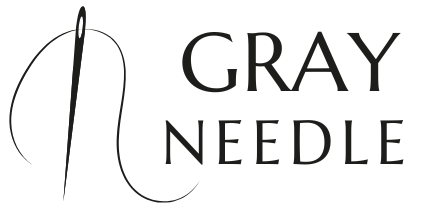Achieving the right thread tension is crucial for any sewing project. It directly influences the quality of the stitches and the overall finish of your fabric. Proper thread tension ensures that the top and bottom threads meet at the center of the fabric, resulting in balanced and aesthetically pleasing seams.
When thread tension is correct, you can expect:
- Even Stitching: Proper tension results in stitches that are neither too tight nor too loose, preventing puckering or gathering.
- Improved Durability: Well-balanced tension contributes to stronger seams, which are less likely to unravel or break.
- Enhanced Fabric Appearance: Correct tension helps maintain the integrity of the fabric, showcasing its design without distortion.
Conversely, incorrect tension can lead to a range of issues, including thread breakage, fabric damage, and uneven stitches. Therefore, understanding and mastering proper thread tension tips is a vital skill for sewists at any level.
By learning how to adjust your machine’s tension settings and identify the signs of improper tension, you can elevate your sewing projects to a whole new level. Visit our website to learn more and get started today! Click here.
Common Issues Caused by Incorrect Thread Tension
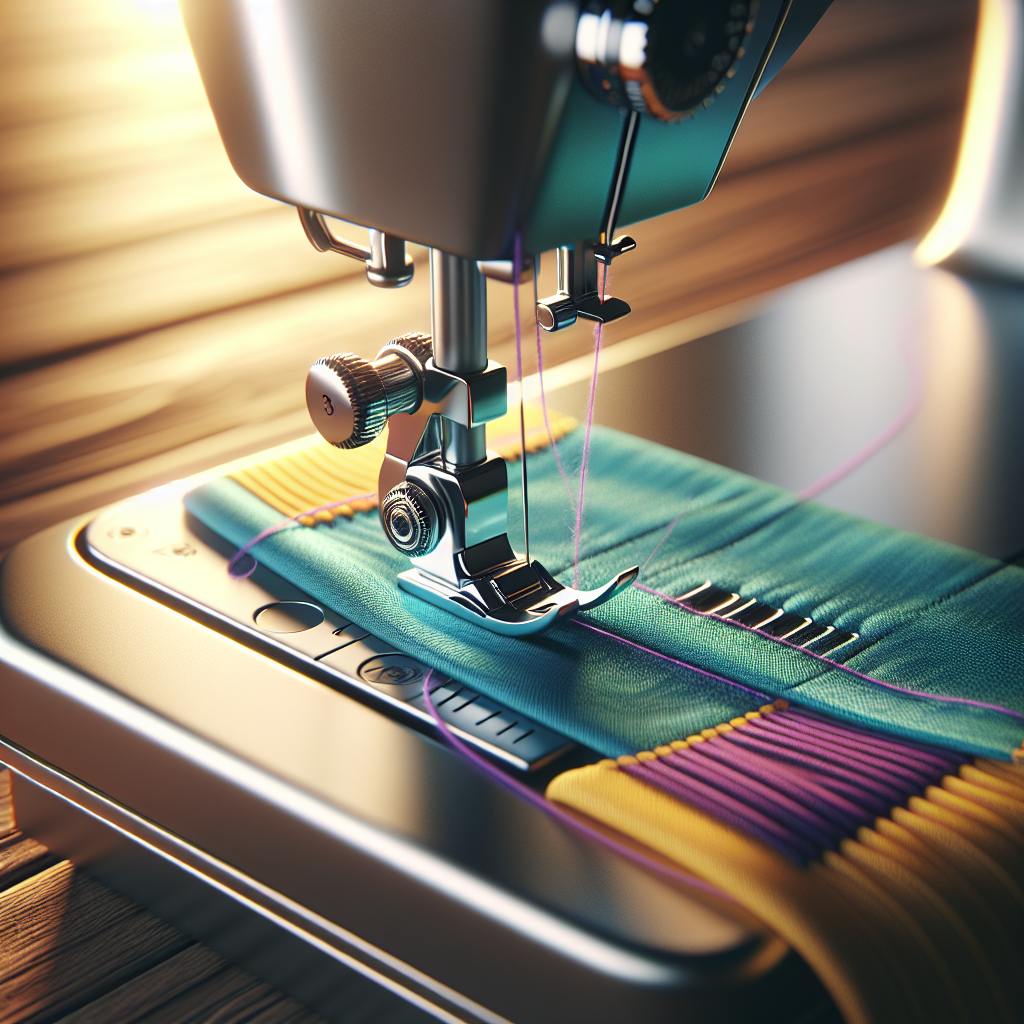
When sewing, encountering issues due to incorrect thread tension is a common frustration for many enthusiasts. Understanding these problems can help you troubleshoot and improve your sewing experience. Below are some of the most prevalent issues associated with improper tension:
- Puckering: When the top thread is too tight, it can cause the fabric to pucker, creating an unsightly appearance. This is often noticeable on lightweight fabrics.
- Loose Stitches: If the tension is too loose, your stitches may appear uneven and saggy, leading to an overall sloppy finish.
- Thread Breakage: High tension can cause the thread to snap, particularly with delicate threads. This can interrupt your sewing flow and result in wasted materials.
- Skipped Stitches: Incorrect tension may cause the needle to skip stitches, resulting in gaps that weaken the seam and affect the fabric’s integrity.
- Birdnesting: This frustrating issue occurs when the thread tangles beneath the fabric, creating a mess of loops and knots. It often happens when the upper tension is too loose.
Recognizing these issues as signs of incorrect tension can save you time and frustration in your sewing projects. With the right adjustments and techniques, you can achieve a flawless finish and enhance your overall sewing skills.
Step-by-Step Guide to Adjust Thread Tension
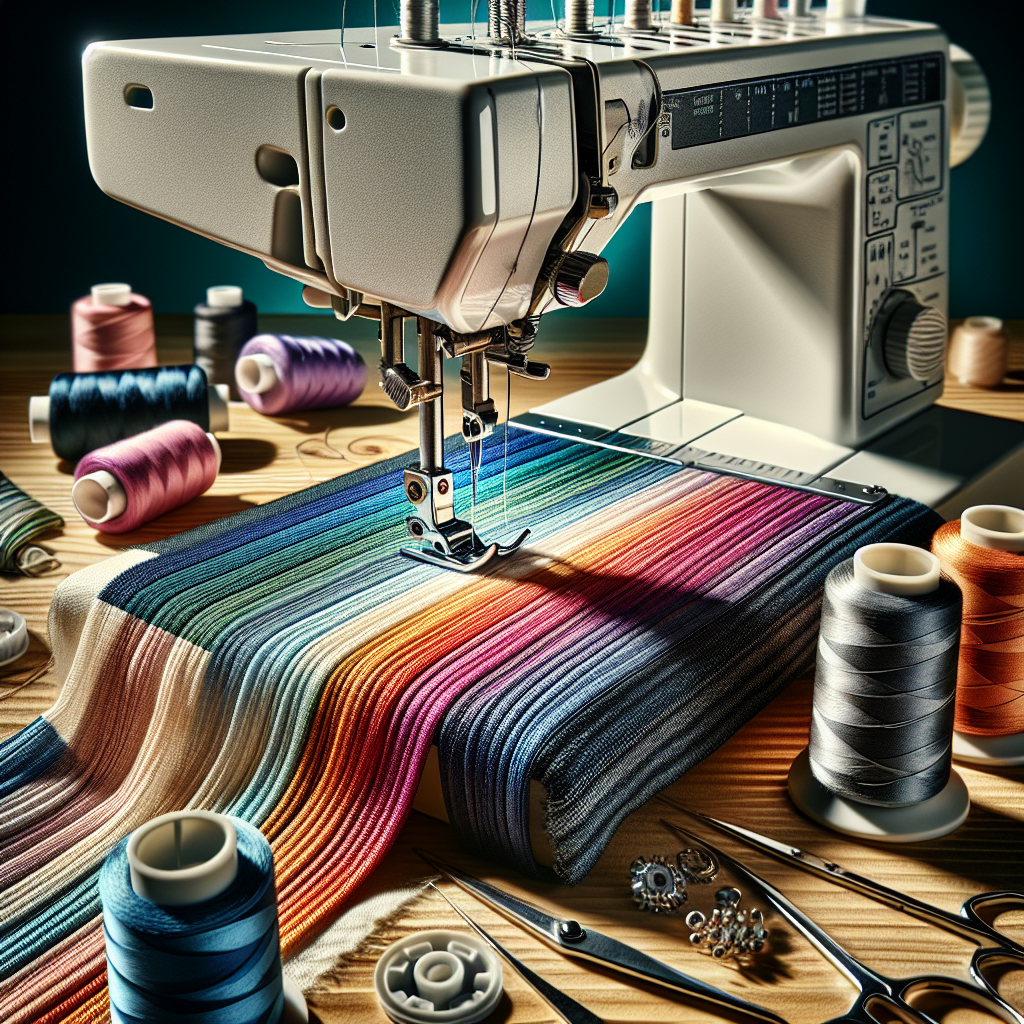
Adjusting your thread tension might seem daunting at first, but following this step-by-step guide can make the process straightforward and effective. Proper adjustments will lead to beautiful, consistent stitches in all your projects. Here’s how to do it:
- Understand Your Machine: Before you begin, consult your sewing machine manual. Different machines have different tension settings, so it’s essential to familiarize yourself with the specific features of your model.
- Check the Thread: Ensure you are using the correct thread type for your fabric. Different materials require different thread weights, which can significantly impact tension.
- Start with a Test Swatch: Always sew a test swatch with the same fabric you plan to use. This allows you to see how the tension is performing before working on your actual project.
- Adjust the Tension Dial: Locate the tension dial on your machine. If your stitches are too tight, decrease the tension by turning the dial to a lower number. If they are too loose, increase the tension by turning it to a higher number.
- Sew and Inspect: After making adjustments, sew another test swatch. Examine the stitches closely; they should lie flat and evenly spaced.
- Fine-Tune as Necessary: Don’t hesitate to make further adjustments based on your inspection. Sometimes, minor tweaks can lead to significant improvements.
By following these steps, you’ll be well on your way to achieving the perfect thread tension, enhancing both the appearance and durability of your sewing projects.
Tools and Techniques for Testing Thread Tension
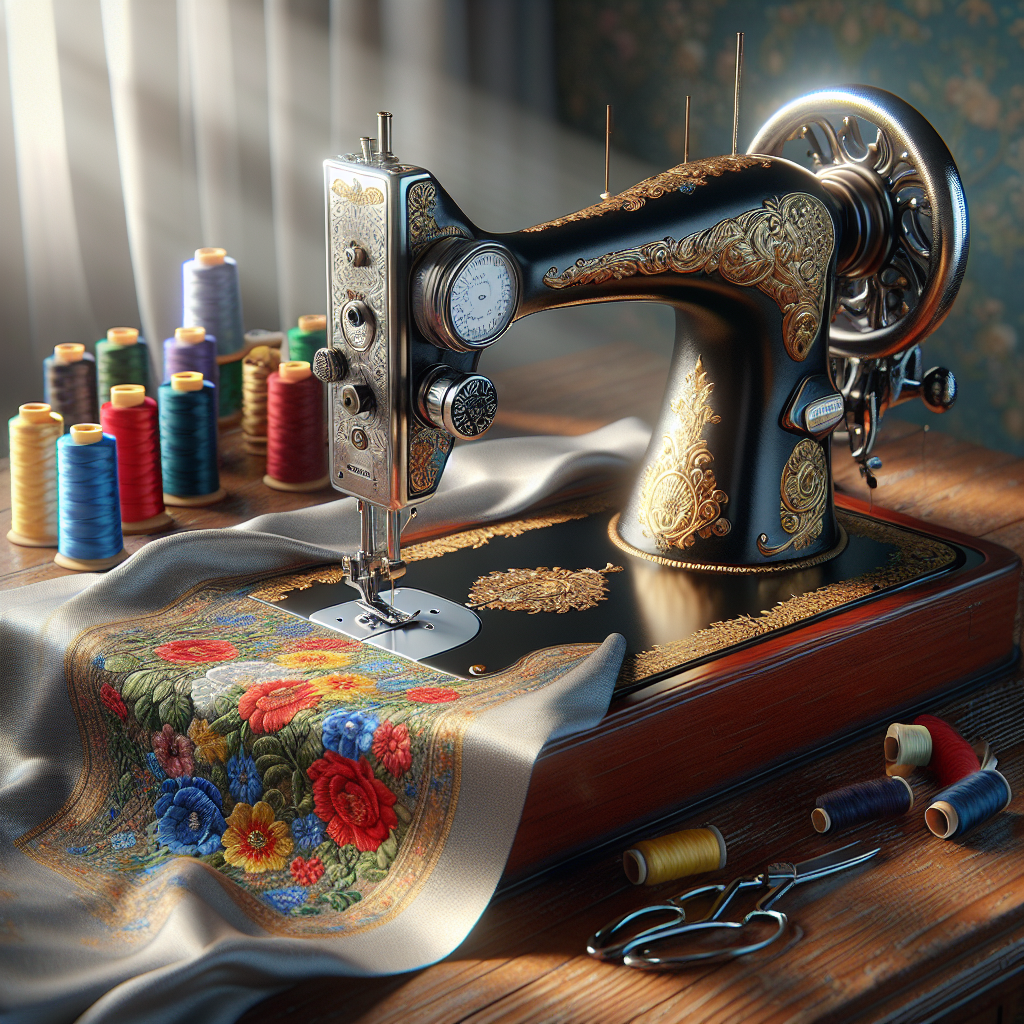
To achieve and maintain proper thread tension, utilizing the right tools and techniques is essential. Below are some effective tools and methods that can help you test and fine-tune your thread tension:
- Tension Gauge: A tension gauge is a handy tool that measures the amount of tension in your sewing thread. By using this tool, you can quickly identify whether your tension is too loose or too tight, allowing for precise adjustments.
- Fabric Samples: Always keep a variety of fabric samples on hand for testing. Different fabrics behave differently under tension, so testing on the same type of fabric you plan to use will give you the most accurate results.
- Stitch Quality Check: Pay attention to the appearance of your stitches. Properly adjusted tension should result in smooth, evenly spaced stitches on both the top and bottom of your fabric. If you notice loops or uneven stitching, it’s time to reassess your tension settings.
- Bobbin Case Adjustment: Sometimes, the issue lies not just in the upper tension but also in the bobbin tension. If your upper tension seems fine but you’re still experiencing issues, consider checking and adjusting the tension on your bobbin case.
- Threading Technique: Ensure that you are threading your sewing machine correctly. A common oversight is improper threading, which can lead to inconsistent tension. Follow your machine’s threading instructions carefully.
By using these tools and techniques, you can efficiently test and adjust your thread tension, ensuring high-quality results in every sewing project.
Tips for Maintaining Consistent Thread Tension
Maintaining consistent thread tension is crucial for achieving flawless sewing results. Below are some valuable tips to help you keep your thread tension steady throughout your projects:
- Regular Machine Cleaning: Dust and lint can accumulate in your sewing machine, affecting the tension mechanisms. Regularly clean your machine, especially around the tension discs and bobbin area, to ensure smooth operation.
- Use Quality Threads: Invest in high-quality threads that are less prone to fraying and breaking. Cheap threads can lead to inconsistent tension and poor stitching quality.
- Check Tension Before Each Project: Even if you’ve just finished a sewing project, it’s wise to check your tension settings before starting a new one. Changes in fabric type, thickness, and even humidity can affect tension.
- Monitor Your Sewing Speed: Sewing too quickly can lead to tension issues. Maintain a steady speed to allow the machine to handle the thread properly and keep tension consistent.
- Test Stitches Frequently: Make it a habit to test your stitches on scrap fabric. This practice helps you identify any tension issues before you start working on your main project.
By implementing these tips, you’ll be able to maintain consistent thread tension, leading to beautiful, professional-looking sewing results every time.
Final Thoughts on Mastering Thread Tension for Sewing
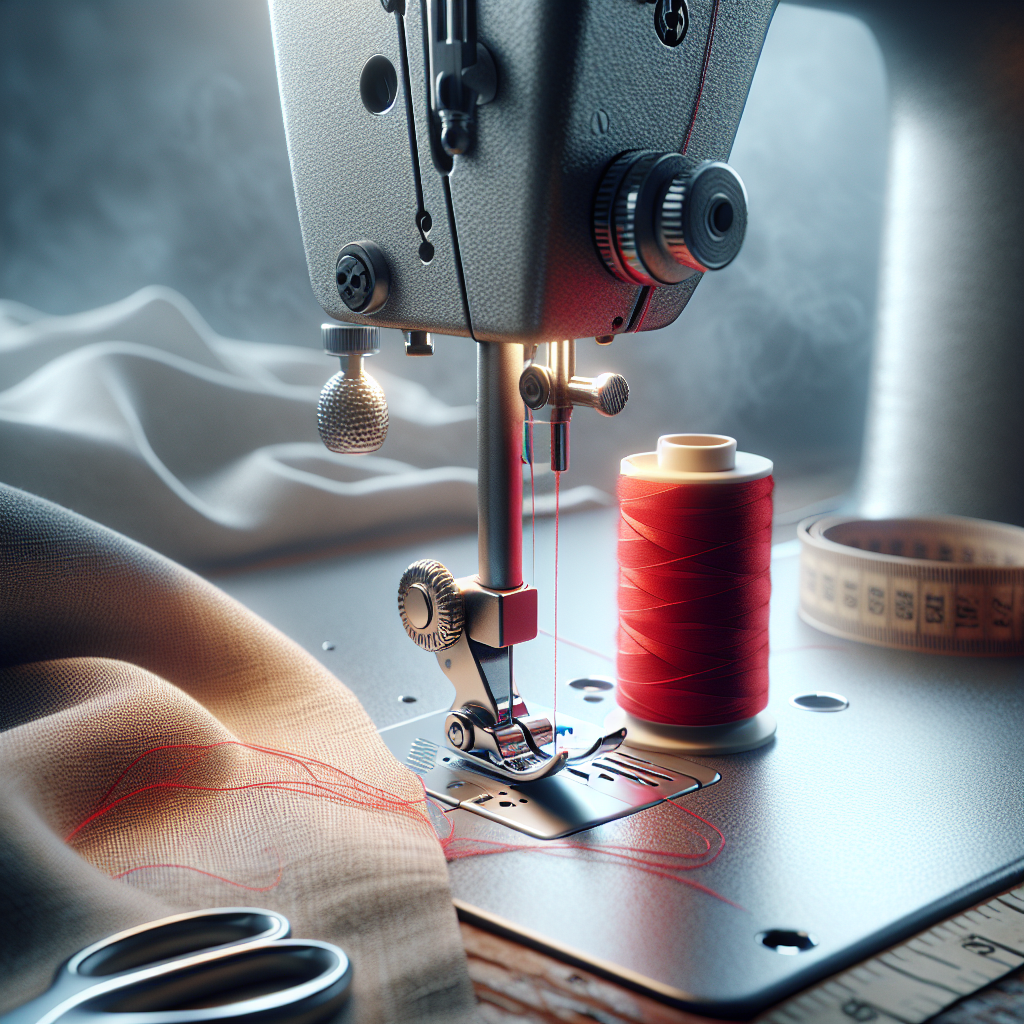
Mastering thread tension is an essential skill for any sewing enthusiast. It can significantly impact the quality and appearance of your finished projects. Understanding the intricacies of your sewing machine, the types of threads you use, and the fabrics you work with will empower you to achieve the perfect tension every time.
Remember that sewing is not just a craft; it’s an art. With practice and the right techniques, you can transform your sewing experience. Use the tips provided throughout this article to troubleshoot any tension issues and to enhance your sewing skills. As you become more attuned to your machine and its settings, you will find that achieving the right tension becomes second nature.
Ultimately, the journey to perfecting your thread tension is one of exploration and learning. Don’t hesitate to experiment with different fabrics and threads while applying the tips you’ve learned. The more you sew, the more you will understand how to adjust your tension for various projects.
Visit our website to learn more and get started today! Click here. Join the community of sewing enthusiasts at GrayNeedle.com, and let’s sew something amazing together!
